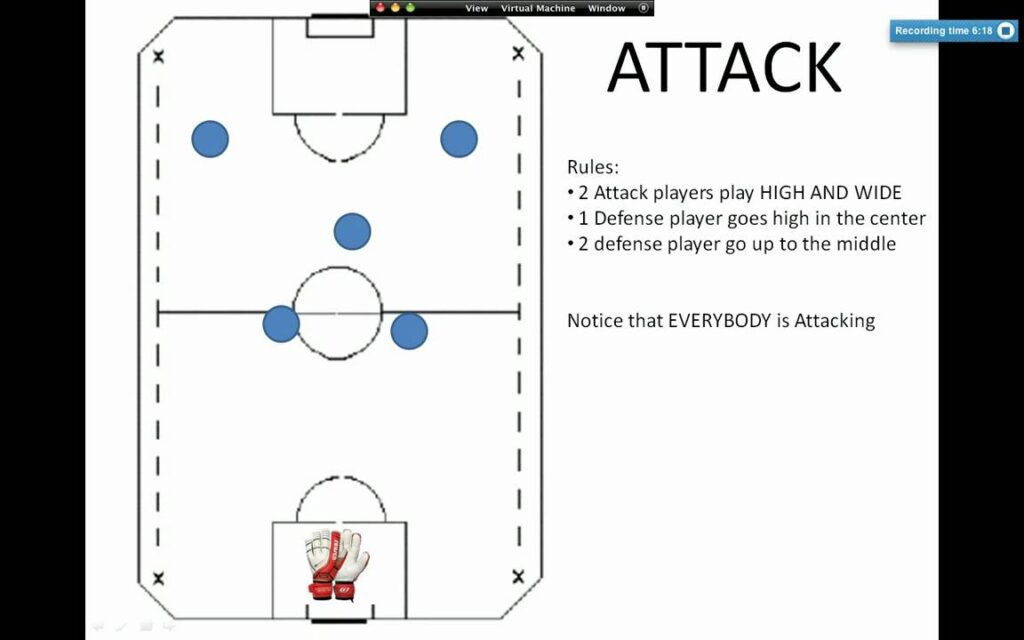This article provides insights into the key components to winning in soccer, including strategies, formations, and player roles. Strategies such as counterattack, possession, and pressing are discussed, along with commonly used formations such as 4-4-2, 4-2-3-1, and 3-5-2. The article also highlights the importance of player roles, such as the goalkeeper, defender, midfielder, and striker, and their specific responsibilities on the pitch. Ultimately, winning in soccer is about playing as a team, utilizing the right strategies, formations, and player roles, and executing the chosen strategy effectively.
The Secrets to Winning in Soccer: Strategies, Formations, and Player Roles
Soccer or football is one of the most popular sports in the world. It is a game that requires skill, agility, and a deep understanding of team tactics. When you look at successful soccer teams, you will notice that their success is not just down to individual talent but also the team’s ability to play as a unit. In this article, we will explore the strategies, formations, and player roles that are essential to winning in soccer.
Strategies
Strategy is an essential ingredient in soccer. Every team has a different way of playing, and this is usually dictated by the coach. Here are some of the strategies that you can use to win in soccer:
Counterattack
Counterattack is a popular strategy in soccer. This involves quickly transitioning from defense to offense when the team regains possession of the ball. The idea is to catch the opposition off guard and take advantage of their positioning. To execute this strategy effectively, the team needs to have fast, skillful attackers who can move the ball quickly.
Possession
Possession is another popular strategy in soccer. This involves keeping the ball for as long as possible and using short passes to maintain control. The idea behind this strategy is to tire out the opposition and create openings for attacking play. Teams that utilize this strategy need to have players who are comfortable on the ball and can maintain possession under pressure.
Pressing
Pressing is a strategy that involves putting pressure on the opposition when they have the ball. The idea is to force them into making mistakes and regain possession quickly. Teams that utilize this strategy need to have players who are physically fit and can maintain a high level of intensity throughout the game.
Formations
Formations are a vital component of soccer. They dictate the positioning of each player on the pitch and how they interlink with each other. Here are some of the most common formations used in soccer:
4-4-2
The 4-4-2 formation is one of the most popular formations used in soccer. It involves four defenders, four midfielders, and two strikers. The two strikers provide a direct attacking threat, while the midfielders are responsible for creating chances and maintaining possession.
4-2-3-1
The 4-2-3-1 formation is another commonly used formation. It involves four defenders, two defensive midfielders, three attacking midfielders, and one striker. The two defensive midfielders provide cover for the back four, while the attacking midfielders create chances for the lone striker.
3-5-2
The 3-5-2 formation is a more attacking formation that involves three defenders, five midfielders, and two strikers. The three defenders provide cover while the five midfielders are responsible for creating chances and maintaining possession. The two strikers provide a direct attacking threat.
Player Roles
Player roles are essential in soccer. Each player has a specific role to play within the team, and it is essential that they understand their responsibilities. Here are some of the most common player roles in soccer:
Goalkeeper
The goalkeeper is the last line of defense and is responsible for preventing the opposition from scoring. They need to have quick reflexes, excellent positioning, and good communication skills.
Defender
Defenders are responsible for stopping the opposition from scoring. They need to be physically strong, good in the air, and have excellent tackling and marking skills.
Midfielder
Midfielders are responsible for creating chances and maintaining possession. They need to be comfortable on the ball, have good passing skills, and a good understanding of the game.
Striker
The striker’s main responsibility is to score goals. They need to be fast, skillful, and have a good eye for goal.
Conclusion
Winning in soccer is not just about individual skill; it is about playing as a team. By understanding and utilizing the right strategies, formations, and player roles, you can give yourself the best chance of success. Remember, soccer is a game of strategy, and the team that executes its strategy the best will usually win. So, get out there, practice, and work together to achieve success.
